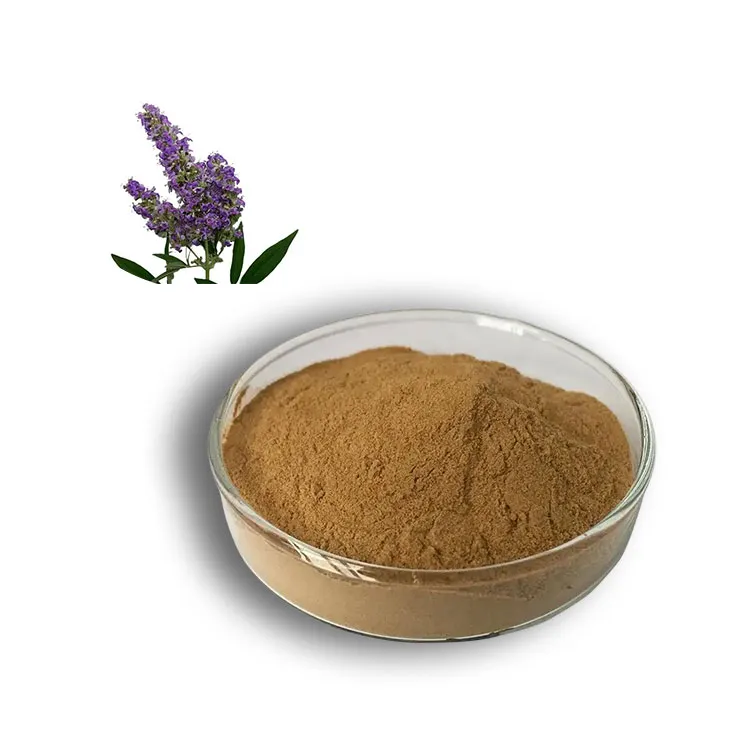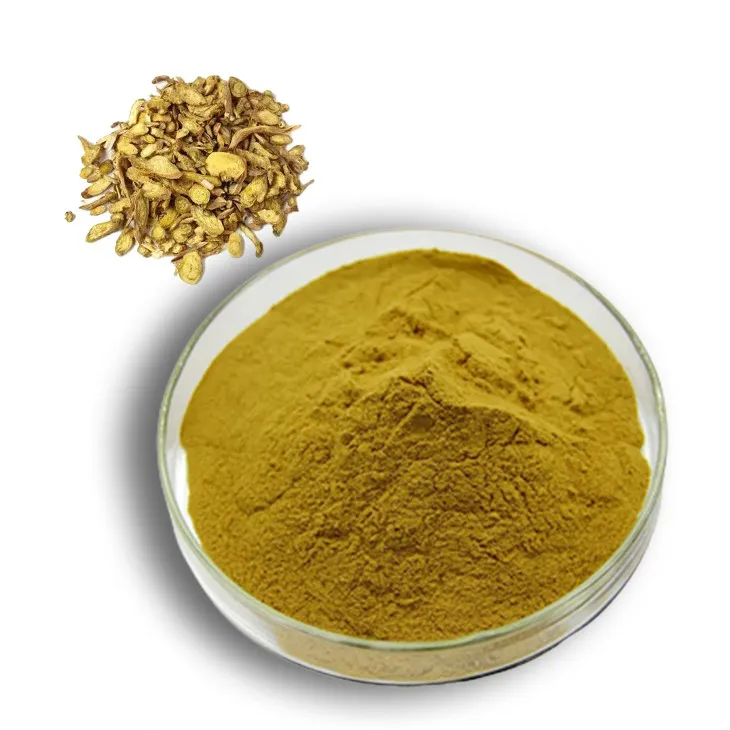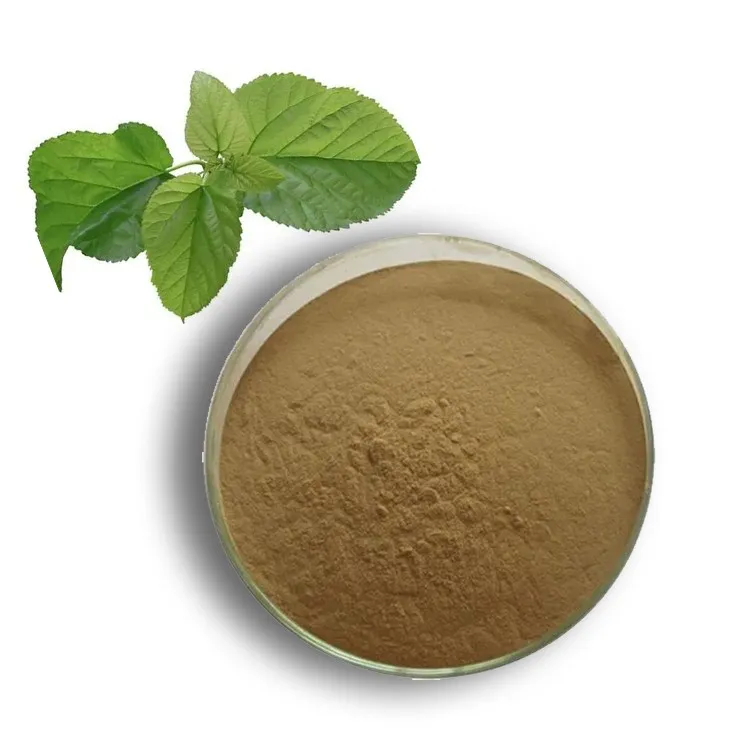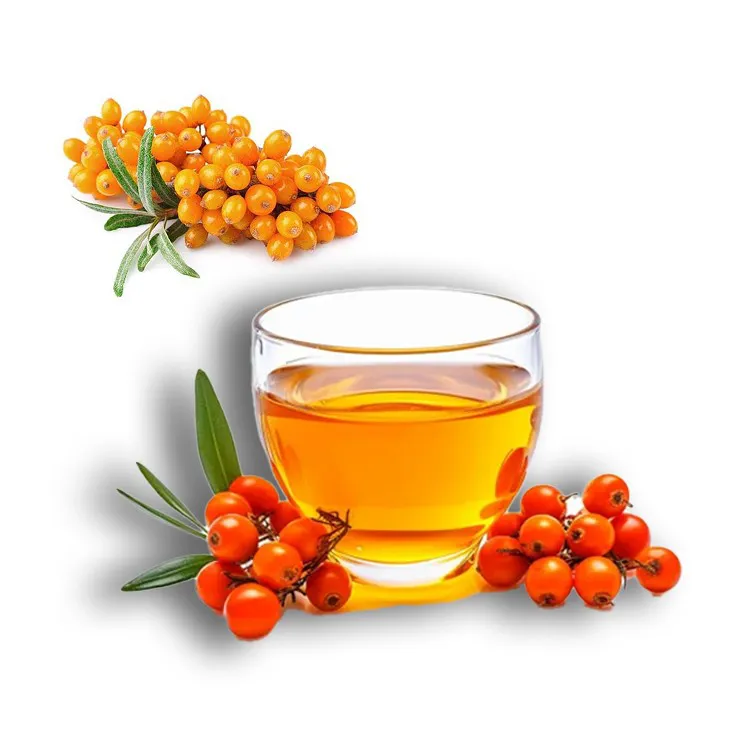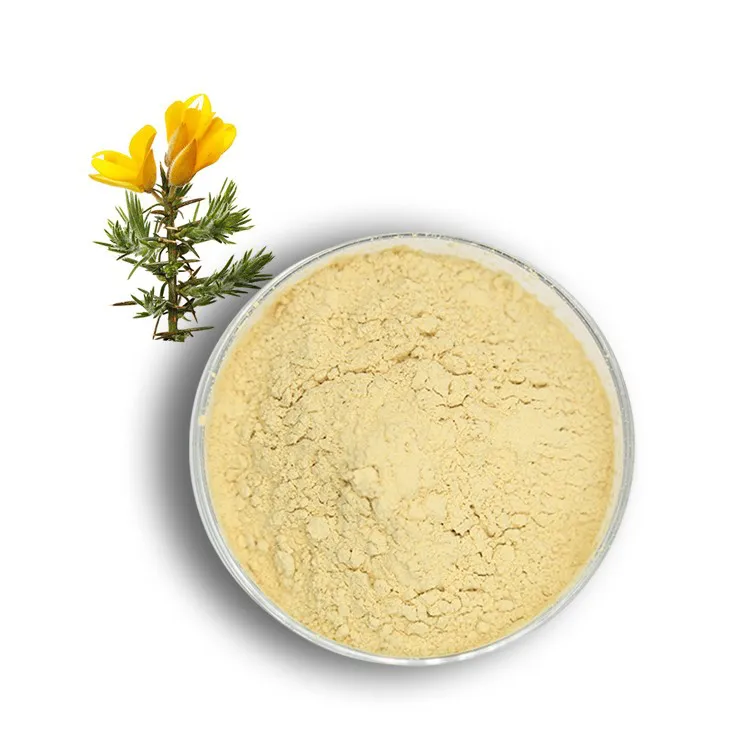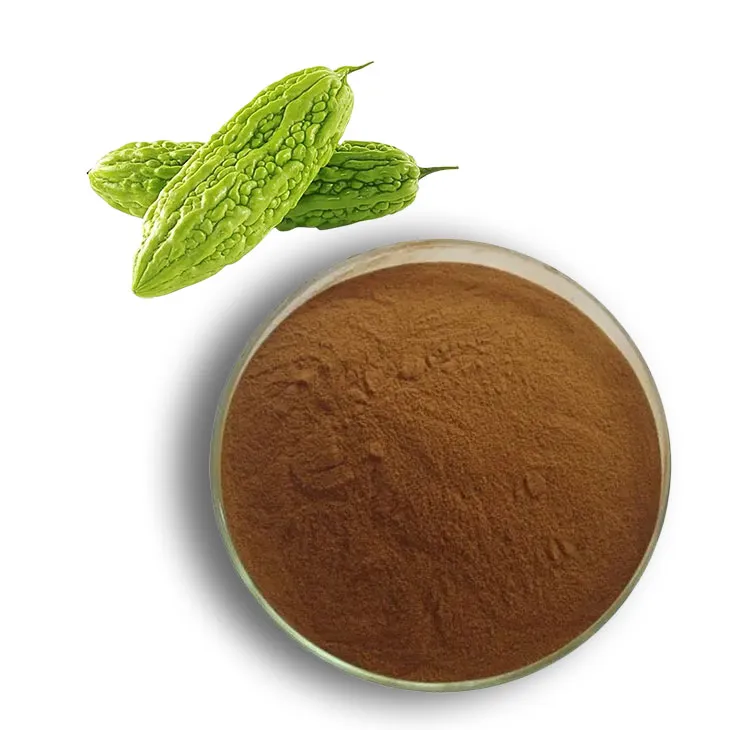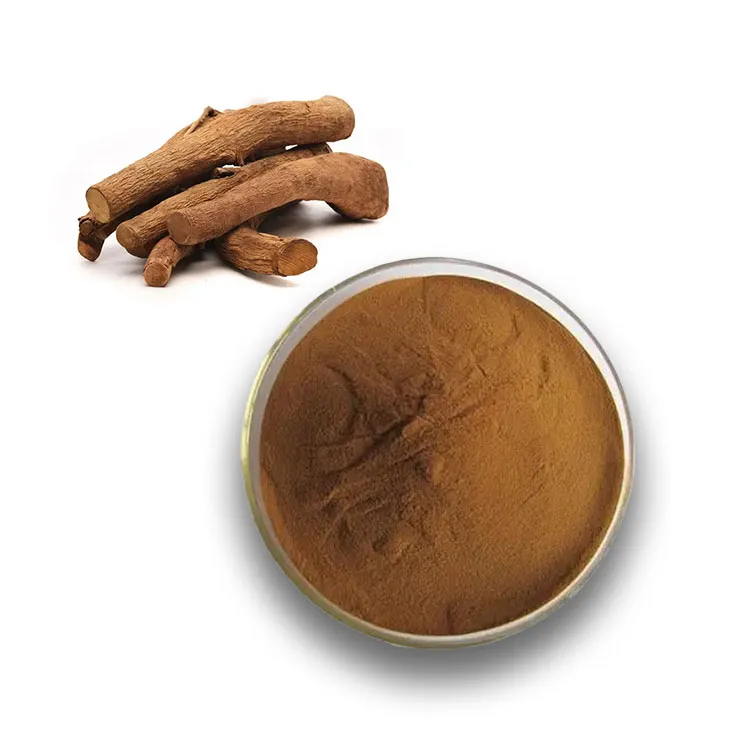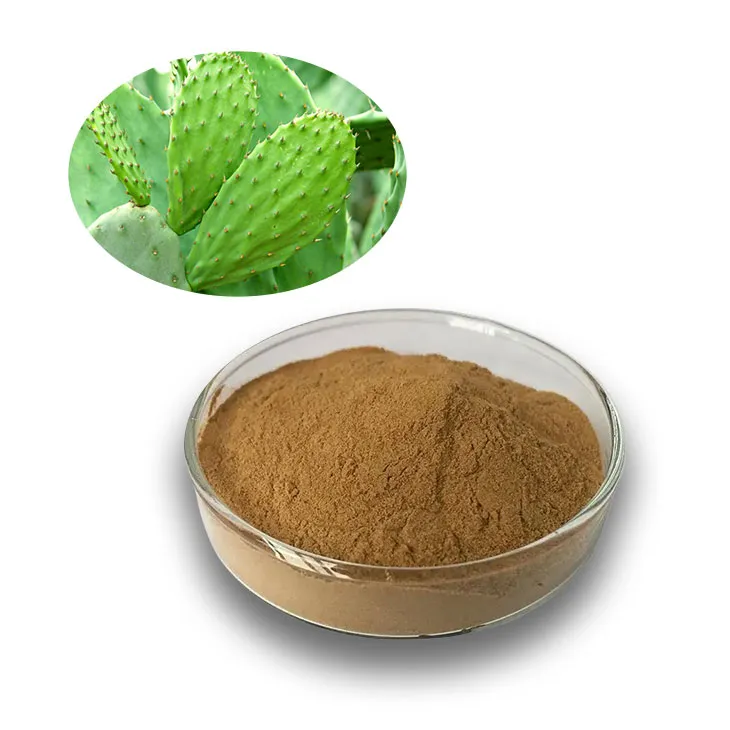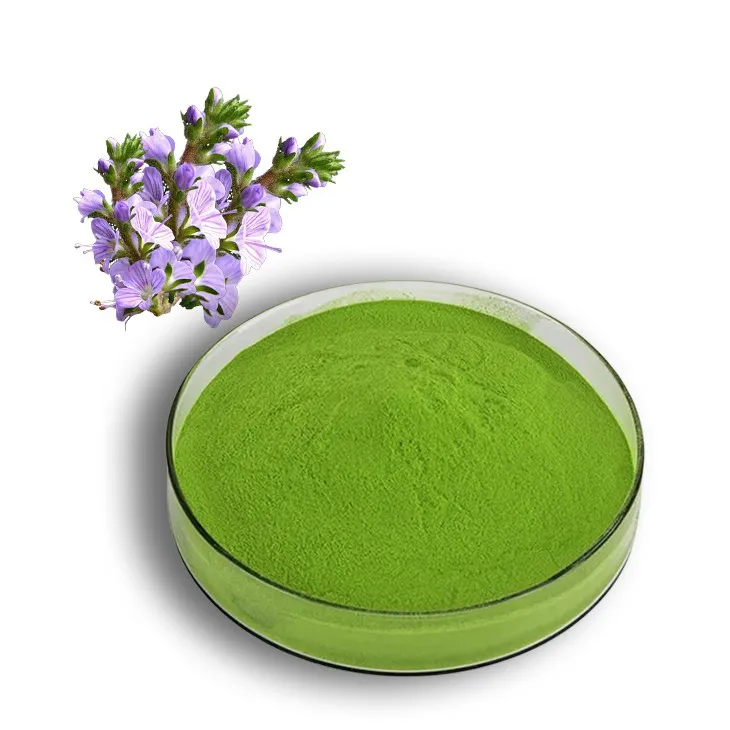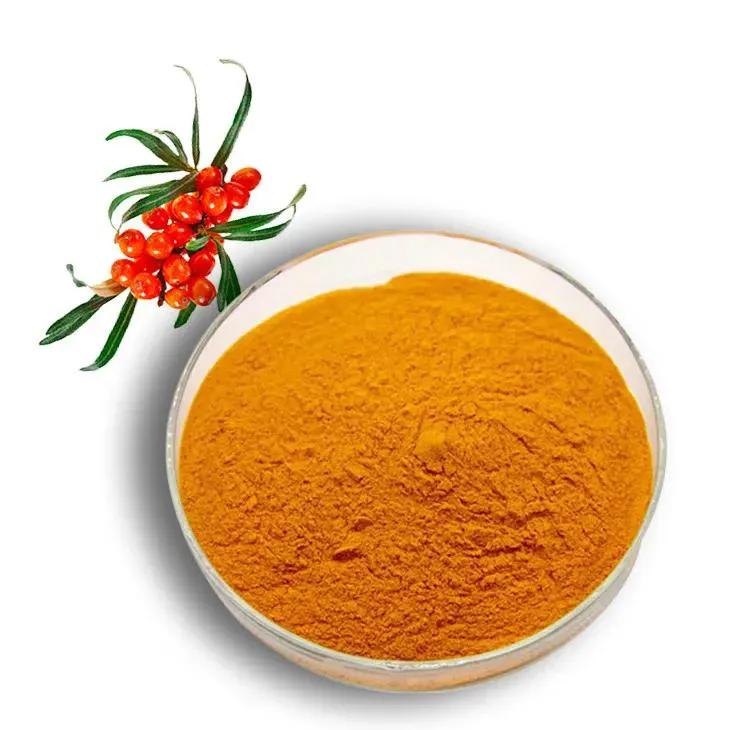- 0086-571-85302990
- sales@greenskybio.com
Harnessing Echinacea's Benefits: Preparation Methods and Recommended Dosage
2024-07-04
Introduction
Echinacea, a well - known herb in the field of natural medicine, has been used for centuries to support the immune system and promote overall health. Understanding how to properly prepare Echinacea and the appropriate dosage is crucial for maximizing its benefits. In this article, we will delve into the various preparation methods and recommended dosages based on scientific research and traditional knowledge.
1. Understanding Echinacea
Echinacea is a genus of flowering plants in the daisy family, Asteraceae. There are several species of Echinacea, with Echinacea purpurea, Echinacea angustifolia, and Echinacea pallida being the most commonly used in herbal medicine. These plants are native to North America and have been used by Native Americans for a variety of medicinal purposes.
The active compounds in Echinacea include alkamides, caffeic acid derivatives, polysaccharides, and glycoproteins. These components are believed to be responsible for its immunomodulatory, anti - inflammatory, and antioxidant properties.
2. Preparation Methods
2.1. Tincture
Tincture preparation:
- Start with dried Echinacea root or aerial parts (leaves, stems, and flowers). If using fresh plant material, make sure it is clean and free of debris.
- Chop the plant material into small pieces. For roots, this may involve using a sharp knife or a grinder.
- Fill a glass jar about one - quarter to one - third full with the chopped Echinacea.
- Pour high - proof alcohol (such as vodka or brandy with an alcohol content of at least 40%) over the plant material until the jar is full. The alcohol acts as a solvent to extract the active compounds from the Echinacea.
- Seal the jar tightly and label it with the date and contents. Place the jar in a cool, dark place for about 4 - 6 weeks, shaking it gently every few days.
- After the extraction period, strain the tincture through a cheesecloth or a fine - mesh sieve into a clean, dark - colored bottle. Squeeze out as much liquid as possible from the plant material.
2.2. Tea
Tea preparation:
- For dried Echinacea, use 1 - 2 teaspoons of the root or aerial parts per cup of water. If using fresh Echinacea, double the amount.
- Bring water to a boil in a kettle or saucepan.
- Place the Echinacea in a tea infuser or a porous cloth bag and place it in a teacup.
- Pour the boiling water over the Echinacea and let it steep for 10 - 15 minutes. The longer steeping time will result in a stronger infusion.
- Remove the infuser or bag and enjoy the tea. You can add honey or lemon to taste if desired.
2.3. Capsules and Tablets
Commercial preparation:
- Many health food stores and pharmacies sell Echinacea in capsule or tablet form. These are typically made from dried and powdered Echinacea plant material.
- The manufacturing process involves grinding the Echinacea into a fine powder and then encapsulating or compressing it into the appropriate dosage form. Quality control measures are in place to ensure the purity and potency of the product.
2.4. Extracts
Liquid extracts:
- Liquid extracts are similar to tinctures but may be more concentrated. They are often produced using a more sophisticated extraction process, such as using a Soxhlet extractor or other specialized equipment.
- These extracts are usually sold in dropper bottles, allowing for easy and precise dosing. They may be standardized to a certain percentage of active compounds, such as alkamides or caffeic acid derivatives.
3. Recommended Dosage
The appropriate dosage of Echinacea can vary depending on several factors, including the form of the product, the age and health status of the individual, and the intended use.
3.1. For Immune Support
- Tincture: For adults, a typical dosage is 1 - 3 milliliters (ml) three times a day. This can be adjusted based on individual response. For children, the dosage should be reduced proportionally according to their weight. For example, a child weighing half as much as an adult may take half the adult dosage.
- Tea: Drinking 1 - 3 cups of Echinacea tea per day can be beneficial for immune support. However, it is important to note that the concentration of active compounds in tea may be lower compared to tinctures or extracts.
- Capsules/Tablets: Adults may take 300 - 500 milligrams (mg) two to three times a day. Again, children's dosages should be adjusted based on their weight and age.
- Extracts: If using a liquid extract, a dosage of 0.5 - 1 ml three times a day may be appropriate for adults.
3.2. For Treatment of Cold or Flu
- Tincture: At the first sign of a cold or flu, adults can start with a higher initial dosage of 3 - 5 ml three times a day for the first few days, and then reduce the dosage to 1 - 3 ml three times a day as symptoms improve. For children, consult a healthcare provider for appropriate dosing.
- Tea: Drinking 3 - 4 cups of Echinacea tea daily during the early stages of a cold or flu may help alleviate symptoms. However, it should not be used as a substitute for medical treatment.
- Capsules/Tablets: Adults can take 500 - 1000 mg three times a day for the first few days of illness, and then reduce the dosage as symptoms subside. Children's dosages should be determined by a healthcare professional.
- Extracts: An initial dosage of 1 - 2 ml three times a day for adults may be effective at the onset of a cold or flu, followed by a reduction to 0.5 - 1 ml three times a day as the condition improves.
4. Precautions and Considerations
- While Echinacea is generally considered safe for most people, some individuals may experience allergic reactions. If you have a known allergy to plants in the Asteraceae family (such as ragweed, marigolds, or daisies), you may be more likely to be allergic to Echinacea.
- Do not use Echinacea if you have an autoimmune disease, as it may stimulate the immune system further and potentially exacerbate the condition. Examples of autoimmune diseases include rheumatoid arthritis, lupus, and multiple sclerosis.
- Pregnant and breastfeeding women should consult their healthcare providers before using Echinacea, as there is limited research on its safety during pregnancy and lactation.
- Long - term use of high - dose Echinacea may lead to some side effects, such as nausea, dizziness, and stomach upset. It is important to follow the recommended dosages and not exceed them without medical advice.
5. Conclusion
Echinacea has the potential to offer various health benefits, especially in terms of immune support. By understanding the different preparation methods and recommended dosages, individuals can make informed decisions about incorporating Echinacea into their health regimens. However, it is always important to consult a healthcare provider, especially if you have any underlying health conditions or are taking other medications.
FAQ:
What are the common forms of Echinacea for preparation?
There are mainly three common forms of Echinacea for preparation. One is the dried herb, which can be used to make teas or tinctures. Another form is the Echinacea Extract, which is often concentrated and used in supplements. The third form is the fresh plant, although it is less commonly used directly in preparation compared to the dried form and extract.
How do you prepare Echinacea tea?
To prepare Echinacea tea, you can take about 1 - 2 teaspoons of dried Echinacea herb (leaves, flowers, or roots). Put it in a cup and pour boiling water over it. Let it steep for about 10 - 15 minutes. Then strain the tea and it is ready to drink. You can add a little honey if you prefer a sweeter taste.
What is the typical extraction process for Echinacea tinctures?
For Echinacea tinctures, the extraction process usually involves using a high - proof alcohol. You take a jar and fill it about one - quarter full with dried Echinacea (a combination of roots, leaves, and flowers can be used). Then pour in enough alcohol (such as vodka with at least 40% alcohol content) to completely cover the herb. Seal the jar tightly and let it sit in a cool, dark place for about 4 - 6 weeks. Shake the jar gently every few days. After this period, strain out the herb, and the resulting liquid is the Echinacea tincture.
How is the recommended dosage of Echinacea determined?
The recommended dosage of Echinacea is determined based on scientific research studies that look at its effectiveness and safety in the human body. These studies often involve different age groups, health conditions, and forms of Echinacea. Practical experience from herbalists and traditional medicine practitioners also plays a role. For example, for the prevention of colds in adults, a common recommended dosage might be 300 - 500 mg of standardized Echinacea Extract per day, but this can vary depending on the specific product and individual factors.
Are there any side effects associated with Echinacea at the recommended dosage?
At the recommended dosage, Echinacea is generally considered safe for most people. However, some people may experience mild side effects such as nausea, dizziness, or an upset stomach. In rare cases, allergic reactions may occur, especially in those who are allergic to plants in the daisy family. If any of these side effects persist or are severe, it is advisable to stop using Echinacea and consult a healthcare provider.
Related literature
- The Efficacy and Safety of Echinacea in the Prevention and Treatment of the Common Cold"
- "Echinacea: Preparation, Pharmacological Properties, and Clinical Applications"
- "Dosage Considerations for Herbal Remedies: The Case of Echinacea"
- ▶ Hesperidin
- ▶ citrus bioflavonoids
- ▶ plant extract
- ▶ lycopene
- ▶ Diosmin
- ▶ Grape seed extract
- ▶ Sea buckthorn Juice Powder
- ▶ Beetroot powder
- ▶ Hops Extract
- ▶ Artichoke Extract
- ▶ Reishi mushroom extract
- ▶ Astaxanthin
- ▶ Green Tea Extract
- ▶ Curcumin Extract
- ▶ Horse Chestnut Extract
- ▶ Other Problems
- ▶ Boswellia Serrata Extract
- ▶ Resveratrol Extract
- ▶ Marigold Extract
- ▶ Grape Leaf Extract
- ▶ blog3
- ▶ Aminolevulinic acid
- ▶ Cranberry Extract
- ▶ Red Yeast Rice
- ▶ Red Wine Extract
-
Chasteberry Extract
2024-07-04
-
Scutellaria Extract
2024-07-04
-
Mulberry leaf Extract
2024-07-04
-
Sea buckthorn oil
2024-07-04
-
Genistein
2024-07-04
-
Bitter Melon Extract
2024-07-04
-
Tongkat Ali Extract
2024-07-04
-
Cactus Extract
2024-07-04
-
Alfalfa Meal
2024-07-04
-
Sea buckthorn Juice Powder
2024-07-04











